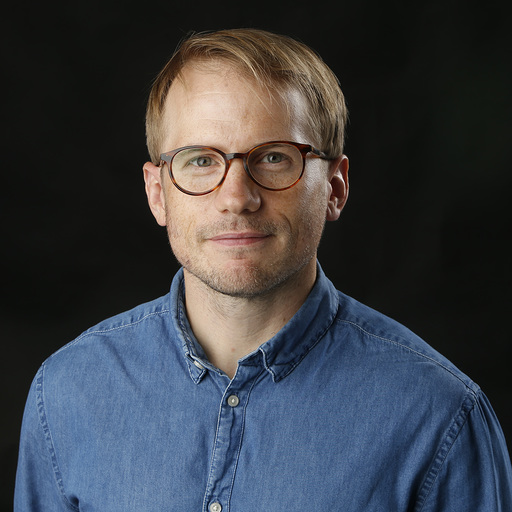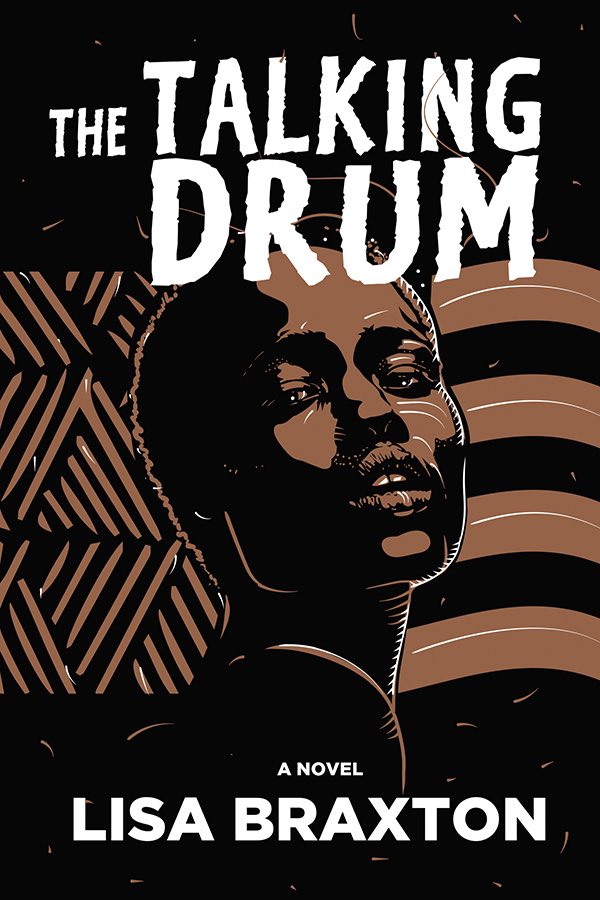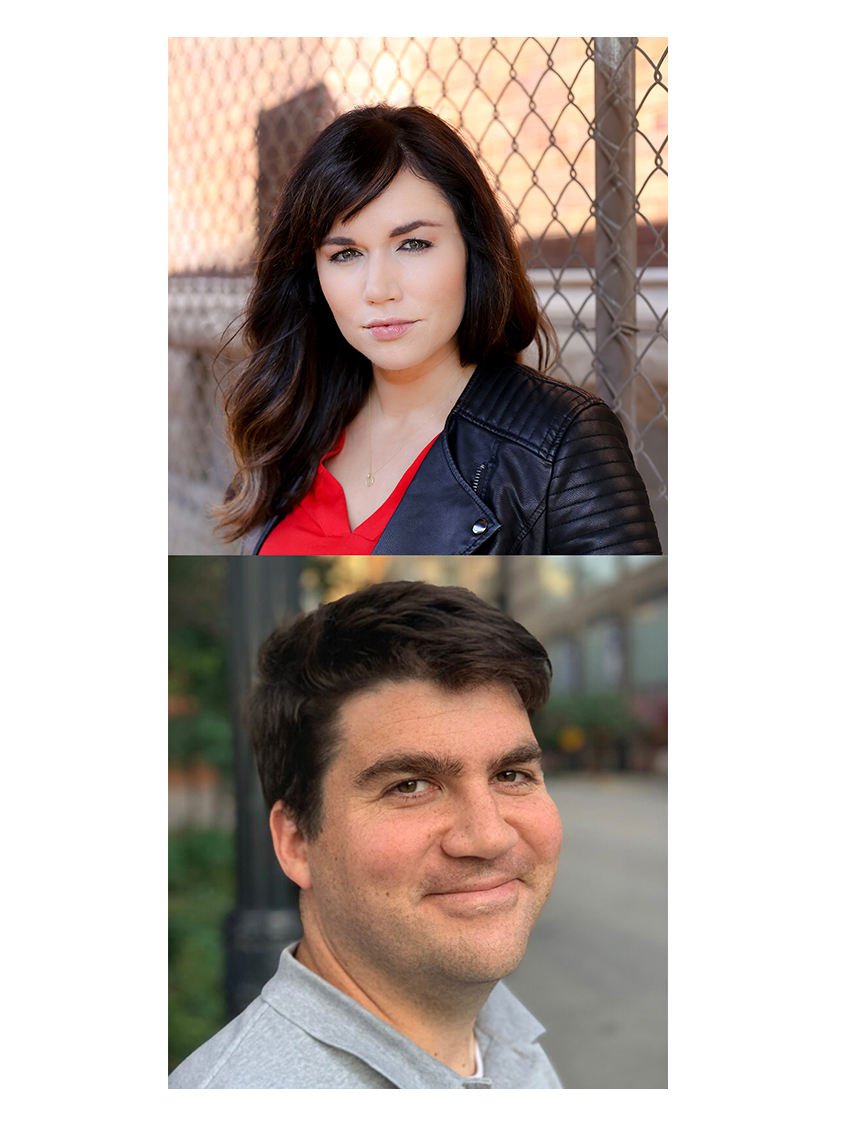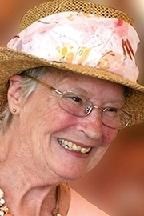Ann V. Fremon (nee Adams), 78, died peacefully on Tuesday, May 13, 2020. She was born on November 17, 1941 in Denver, Colorado and lived an extraordinary life full of travel and exploration with her loving husband of 55 years, Mike Fremon.
Fremom received her bachelor’s degree from the prestigious Medill School of Journalism at Northwestern University and she was also a sister of the Delta Delta Delta sorority. She traveled throughout Europe after college and returned to Chicago to work as a copywriter for Sears, Roebuck and Co.
After meeting Mike through mutual friends, they were soon married and moved to Ohio, eventually planting roots in Richfield, Ohio. While balancing raising her three sons, Ann was the longtime editor of the Richfield and Bath Community News and Calendar publications. These formed the foundation of some current community papers in the area.
She was also elected Richfield Township Clerk during a transformative time in Richfield’s history, including the time when The Coliseum was built. She also started and managed several successful small businesses.
In 2018, Mike, Ann and their two American Samoyed dogs Winter and Wonder, drove to the Arctic Circle. The 12,000-mile expedition took them through Alaska and all western provinces of Canada. Ann and Mike also found a special connection with Newfoundland and Labrador, the furthest east Canadian province, a location so remote it has its own time zone.
Fremon celebrated her 50th wedding anniversary with her family in Bonaire in 2014, going back with them again in 2019. Ann’s smile and heart touched a lot of people in her life. As one person put it, “she was the cool mom that always seemed to give us enough space to be adventurous, stood by while we did stupid things, letting us find our way, and somehow managing to keep us safe at the same time.”
She is survived by her sons, Sean (Michelle) Fremon, Matt (Lindsey) Fremon and Ward (Tracy) Fremon and her cherished grandchildren, Megan, Lauren, Erica, Cole, Tyler, Johnathon, Alexander and Zachary.
https://www.legacy.com/obituaries/ohio/obituary.aspx?n=ann-v-fremon&pid=196202501&fhid=4396



 The Role of Media, Law, Norms, and Technology in Assuring Acceptance of Election Results,” evolved to “Fair Elections During a Crisis: Urgent Recommendations in Law, Media, Politics and Tech to Advance the Legitimacy of, and the Public’s Confidence in, the November 2020 U.S. Elections. Read a
The Role of Media, Law, Norms, and Technology in Assuring Acceptance of Election Results,” evolved to “Fair Elections During a Crisis: Urgent Recommendations in Law, Media, Politics and Tech to Advance the Legitimacy of, and the Public’s Confidence in, the November 2020 U.S. Elections. Read a 


